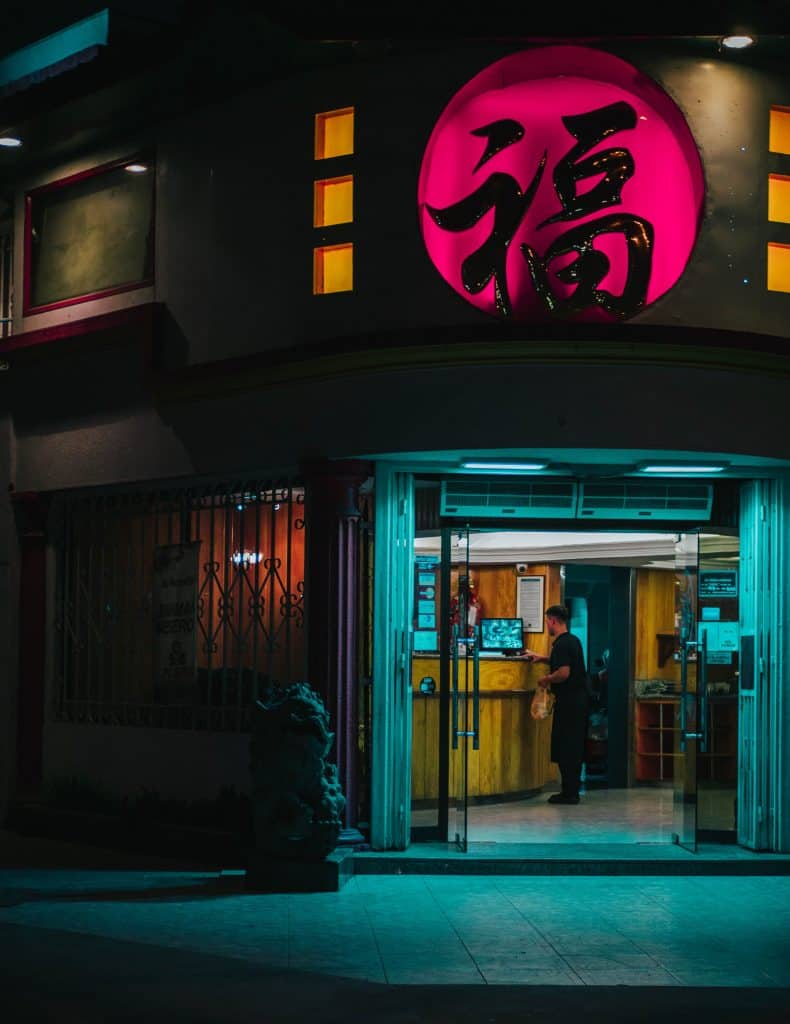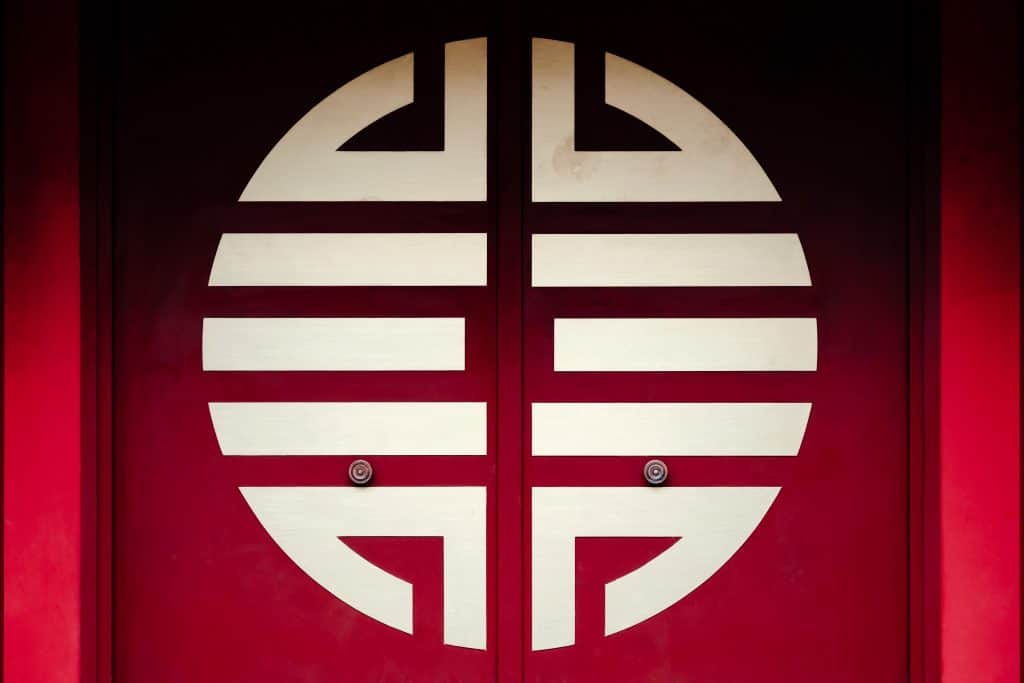Table of Contents
The Omnipresent Trademark
To those of us old enough, and ever listened to Vanilla Ice’s “Ice Ice Baby” (there’s no shame in admitting you have) have you wondered where else you’ve heard that guitar riff at the beginning? It’s pretty much the exact same riff used in “Under Pressure” by Queen and David Bowie. Vanilla Ice ended up having to pay royalties to David Bowie and Queen to avoid legal action. Did you also know that Facebook has trademarked the word “Face” in the US, and that T-Mobile has done the same with the colour magenta in their logo? It sounds ludicrous to the average person that something like a colour or a common word can be successfully trademarked, but in reality these are merely examples of businesses protecting their intellectual property. Fear not, you can still use the word “Face” and wear a magenta coloured shirts should you wish.
Defining Trademarks
The Queen example above is an intellectual property right known as copyright, which is slightly different to a trademark but serves the same essential purpose. The other two are examples of trademarks. In this article, we’ll be discussing trademarks and the benefits of having one in the Chinese language in Hong Kong.
A trademark must be a sign—such as a company’s logo and name—that is capable of distinguishing goods and services from one trader to another. Remember, your trademark HAS to be different than those in the same field or area of business.
Trademarks are unlike copyrights, which are used for protecting artistic works such as paintings, songs and even buildings. They are especially important to any business that has a reputation to uphold to the public as they can clearly denote the source of origin of the product or service. Additionally, trademarks can secure the reputation of the business and command higher prices on that basis. On the consumer side, trademarks allows a product or service to carry an assurance of quality and to foster brand name recognition as the business expands. It’s all about protecting a businesses’ image and ultimately—its income.
The Big Ones
That’s the reason why Facebook has trademarked the word “Face” and T-Mobile the colour magenta. On their own, the word “Face” and the colour magenta are meaningless and have no real value. However, when a consumer sees the word “Face” in association with a social media platform, they are likely to conjure up the thought of Facebook. Or if they see a telephone provider with a magenta logo—T-Mobile. So strong is the connection between the word “Face” and social media that a US court decided to allow the trademark. Therefore, the name of a good or a service in any language can be of huge value. 
Why a Chinese Trademark in Hong Kong?
Common sense. Virtually all Hong Kongers are fluent in Cantonese (a dialect of Mandarin which uses the same written Traditional Chinese characters). A significant portion—95%— of locals use Cantonese as their primary language in their everyday lives and for a majority of business transactions. If nothing else in this article persuades you to register a trademark in Chinese, let the fact that almost everyone in Hong Kong speaks Cantonese be the thing that tips the scale. Having your mark protected in the Chinese language in Hong Kong prevents any infringement that would otherwise occur if a Chinese word is already colloquially used in reference to a product or service you provide. There’s also no disadvantage in the preemptive creation and registration of a Chinese trademark.
Developing a Chinese Trademark
I’m from Hong Kong, so let’s call this indispensable local know-how. There are a few ways you can develop a Chinese trademark from an English one. Before you start, its worth finding out whether people in Hong Kong who are aware of your product have their own colloquial Cantonese name for it. Ask around, throw some questions into the field and see what comes back. It’s free brand recognition that you may be able to capitalise on by making the colloquial moniker for your product official.
Translation
The first way of developing a Chinese Trademark from English is through translation. It’s pretty straight forward, you go on Google and input the name of your product or service, and voila—it will come up with your Chinese trademark. Translation works better with words that are more generic or descriptive, such as “American Express” which becomes “美國運通”. It’s always better to consult someone who speaks Cantonese to see whether the translation would grammatically and logically cohere with its English counterpart but other than that, the method of translation is pretty straightforward.
Transliteration
Now we move on to the fun way of creating a Chinese Trademark from English with transliteration. You create transliterated names by assembling Chinese characters that approximate the sound of the English name. I personally think Hong Kongers are more receptive towards a transliterated word because we’re so used to examples of it. For example, a lot of street names—of which many are named for our former colonial masters—are transliterated into Cantonese. McDonald’s uses transliteration for its name which becomes “麥當勞”, which in Cantonese is pronounced as to “Mak Don No”. Pretty close in sound right? Pizza Hut also uses a transliteration “必勝客” or “Beet Sing Hak”. In addition to making it sound similar, the Cantonese transliteration of Pizza Hut also translates to “the customer must win”. It’s a small stroke of brilliance. Transliteration is fantastic way of developing a Chinese trademark.
So as you can see, you have the freedom to be as creative as you wish. The world is your oyster when it comes to creating a Chinese trademark. And it can be critical to your business in Hong Kong.
Trademark Registration Basics
- Have a proposed Chinese Trademark.
- Have a graphic representation of the Trademark.
- Intend to use it or having been using it.
- Get preliminary advice from the Trade Marks Registry of the Intellectual Property Department as to whether your proposed trade mark is sufficiently distinctive so that it distinguishes your goods and services from those of other traders. Complete Form T1 and submit it with the appropriate fee (HK$400 for each service plus HK$200 per each additional class of goods or services, if any) to the Registry.
- If there’s no clash, file an application for a Trademark with the Trade Marks Registry. The application fee for the registration of a trade mark is HK$2,000 plus HK$1,000 per each additional class of goods or services, if any. Use Form T2.
- The Trade Mark Registry will process it and if successful, the mark will be published in the Hong Kong Intellectual Property Journal. Here’s a handy government guide to how that works
This article does not constitute legal advice.
The opinions expressed in the column above represent the author’s own.
Start managing your legal needs with Zegal today
RELATED READING: Good Business Idea? How To Protect It Through Intellectual Property Rights
READ MORE: The Most Common Employment Contract Disputes
Hailey Cheung
Hailey Cheung is a PCLL candidate at City University of Hong Kong with a Bachelor of Laws (LLB) from the University of Bristol. She has extensive legal experience, including roles as a Dispute Resolution Paralegal at Harneys, Student Advisor at the University of Bristol Law Clinic, and internships at Mayer Brown, Stephenson Harwood, and Zegal. A recipient of the Dean’s List International Scholar Award, Hailey also holds a Business Foundations Specialization from Wharton Online. She is passionate about legal advocacy and international trade.







